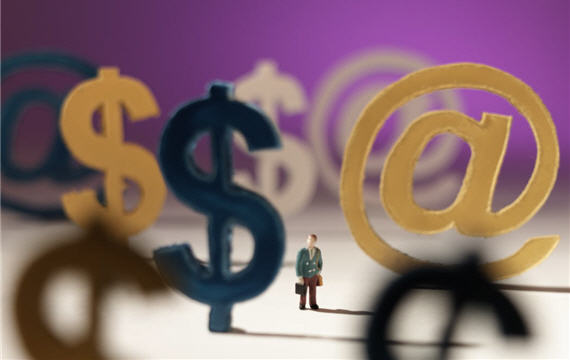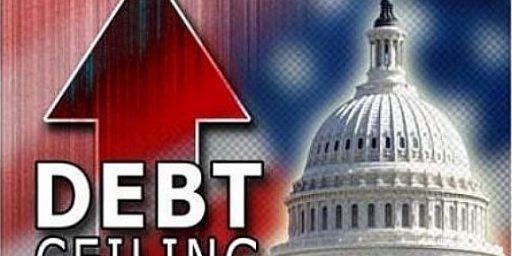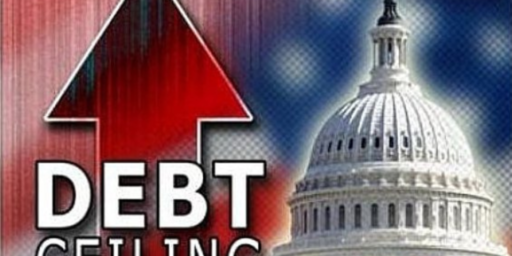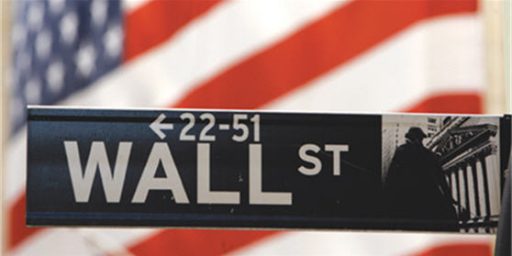Treasury Offers Negative Yield Securities!
Has Uncle Sam got a deal for you: Lend the Treasury money for five years and it will only cost you negative 0.55 percent!
Has Uncle Sam got a deal for you: Lend the Treasury money for five years and it will only cost you negative 0.55 percent!
The Treasury sold $10 billion of five-year Treasury Inflation Protected Securities at a negative yield for the first time at a U.S. debt auction as investors bet the Federal Reserve will be successful in sparking inflation.
The securities drew a yield of negative 0.55 percent, the same as the average forecast in a Bloomberg News survey of 7 of the Fed’s 18 primary dealers. The sale was a reopening of an $11 billion offering in April. Conventional Treasury notes erased gains amid speculation on the amount of debt the Fed may buy to spur the economy in a tactic called quantitative easing.
“It signals people’s expectation of the Fed being able to create some inflation with the QE program,” said Alex Li, an interest-rate strategist in New York at Deutsche Bank AG, which as a primary dealer is required to bid at Treasury auctions. “With nominal rates so low, in order have high TIPS breakevens you’ve got to have negative real yields on the five-year.”
Holders of TIPS receive an adjustment to the principal value of their securities equal to the change in the consumer price index, in addition to a fixed rate of interest that’s smaller than the interest paid to a holder of conventional debt. The difference between is known as the breakeven rate.
The fixed payment on five-year TIPS, known as the real yield, has been pushed below zero because the rise in the CPI is greater than the yield on regular five-year U.S. notes, which has fallen with other Treasury yields as investors sought the safety of U.S. government debt. A negative yield suggests investors are betting Fed Chairman Ben S. Bernanke will be successful in preventing deflation and the risk of the economy slipping back into recession.
WSJ adds:
The big demand is a sign the Federal Reserve is gaining some traction in its efforts to kickstart the economy and nudge inflation higher. TIPS are designed to protect investors against inflation, offering a return that rises as the cost of goods increase. In times of inflation, they are more attractive than standard Treasury bonds, whose fixed income stream is worth less as other prices are rising.
“While the yield on many TIPS is negative, investors in these securities expect a positive return overall,” Tony Crescenzi, portfolio manager at Pacific Investment Management Co. in Newport Beach, Calif.
Financial-market investors, economists and even Federal Reserve officials have been engaged in a months-long debate over whether inflation or deflation is the bigger threat to the economy. In some ways, Monday’s auction is a sign that some investors are tilting in favor of inflation. There are other signs, too. Gold, a traditional hedge against inflation, is trading near record highs and the U.S. dollar has been falling.
QE, which stands for Quantitative Easing, is a fancy way of saying “print extra money to devalue the currency.” Except that, these days, the money is just credited to accounts electronically. Japan tried it a decade ago as a desperate move to get out of its financial bind. They were unsuccessful.






Okay this is just further proof that the lack of that fancy book learnin’ at an Ivy League school has left me deprived…….because I always thought that they idea was to buy investments that make money.
The Treasury will return the principle at an inflation-adjusted rate. So, these people are betting that inflation over the next five years will exceed the 0.55% APR.
My mattress pays better interest than these T-notes.
The Japanese were spotty in their application of it, and never set an explicit inflation target (in fact, they tried to avoid inflation, which is a bad idea when you’re at risk of deflation).
You should read some of Scott Sumner’s stuff on this.
They might talk “money illusion” at the local college as well.
The only thing that really matters for consumers is purchasing power for the things we want to buy. The sad thing is that deflation improves that, but the powers that be fear deflation would lead to lower purchases and more economic contraction.
Perhaps, though it’s a funny thing for a computer scientist to accept. Our computers have gotten faster and cheaper every year we’ve been in the business, and we keep buying them. We buy more of them because they are faster and cheaper.
John,
That’s exactly my concern… If inflation goes up, but unemployment and wages stay fairly stable (as it looks like they will), how then do they expect people (who now have less buying power) to spend more money to juice up the economy? I mean, some numbers say unemployment may be easing (or at least stabilizing), but companies won’t start hiring more people & paying better wages until they have some confidence that the economy is getting better, and it seems their only definition for that is “consumers spending more money”, but the sad fact is, that for many Americans, there is no more money.
Doug –
Perhaps the more precise academic way of thinking about it is to make an appropriate “risk adjusted’ return. And, again more precisely, James means that deflation will be no more than .55%.
Related: What’s the Real Problem: Economics or Economists?